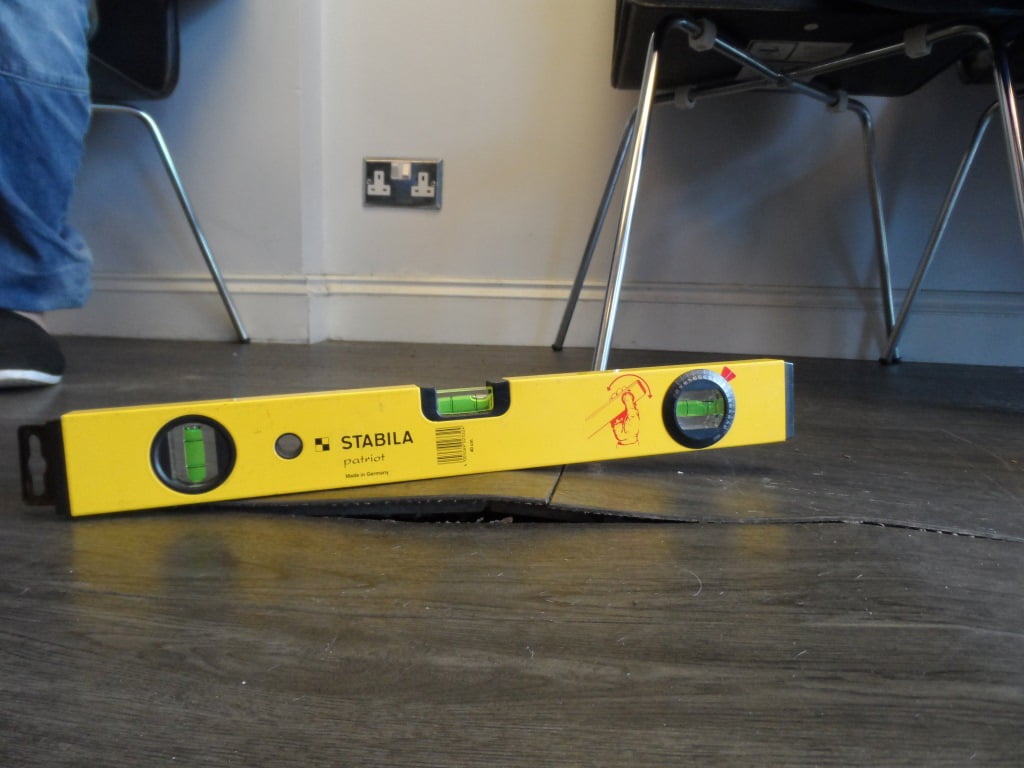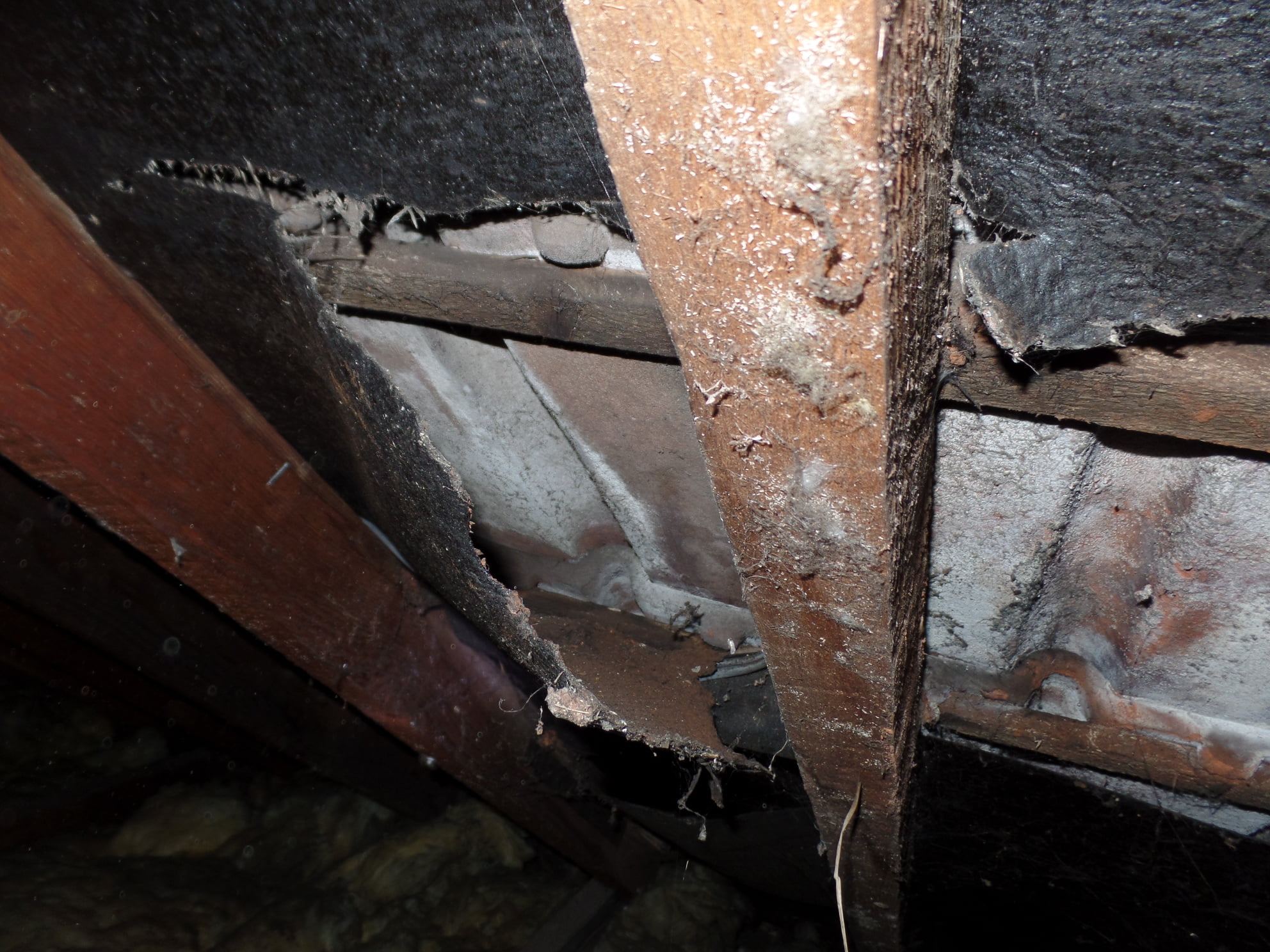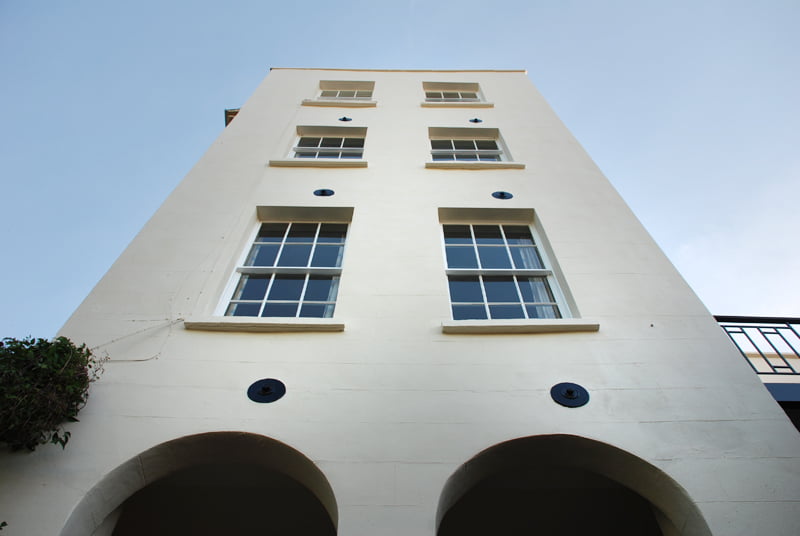Gardens
 Gardens
Gardens
Landscaping
An attractively landscaped garden is a great feature, but it requires maintenance, time and effort. Is that decking going rotten? Is it dangerously slippery? Are there broken paving slabs or loose handrails to steps? Is there a pond that may be hazardous to small children?
Boundaries
First look at the size and shape of the garden; can you tell where the boundaries lie? Does it seem regular and consistent with neighbouring gardens? Often concrete posts are used to divide properties and demark the boundaries; see if these are visible. Is there access from a walkway or alley at the back or side of the property? How secure is the back gate?
Fences
Are the fences damaged? The cost of replacing a simple panel fence set in concrete in the ground is around £80/linear metre. Disposal of damaged material is extra. This may seem a simple DIY job but don’t overlook the cost of materials mounting up.Some sources suggest that a fence constructed to the British Standard (1722) should last around 15 years. However,careful treatment every couple of years will significantly extend the life.
You might try gently and discreetly leaning on the fence to test for movement!
Walls
Walls are constructed of many differing types of materials. They may be retaining significant amounts of soil, especially on terraced sites. Hence,there should be holes to allow the soil to drain. Look for cracks or significant leans. Again like fences, the cost of disposing of a damaged wall is very time consuming, heavy and costly, before it is even rebuilt. We estimate £120 per square metre to simply rebuild a wall that is 9” or 220 mm in thickness, assuming that the foundations are acceptable and that does not include disposal of the old wall.
Plants
The words “Japanese Knotweed” strike fear into the heart of any home owner, let alone a purchaser. And this is becoming more common in Bristol and we are receiving more and more calls to confirm its identification. We have found it from Clifton to St George and St Pauls to Fishponds, to name a few areas. But it can be eradicated! So, if you see a plant you don’t recognise, Google images will help, but be wary of a quick identification as many plants look very similar. Some web sites do offer free identification from photographs, but often they do not respond if they are busy so don’t expect too much for free.
Trees and Hedges
Again trees can cause concerns for even the most experienced purchaser. If you are viewing in winter, remember that full summer foliage will shut out daylight. Leaf falls from nearby trees block gutters and drains. Tree roots can damage the foundations and drains, causing subsidence issues. Such roots can lift paving, too. Remember the rule of thumb that the height of the tree is often the spread of the roots.
is the tree a particularly large or a striking specimen,if so ask the vendor if there are any Tree Preservation Orders in place. If so, even basic maintenance will need planning permission!
And those high, thick hedges will require cutting regularly in the growing season, as well as draining all the moisture from the adjacent flower beds.



